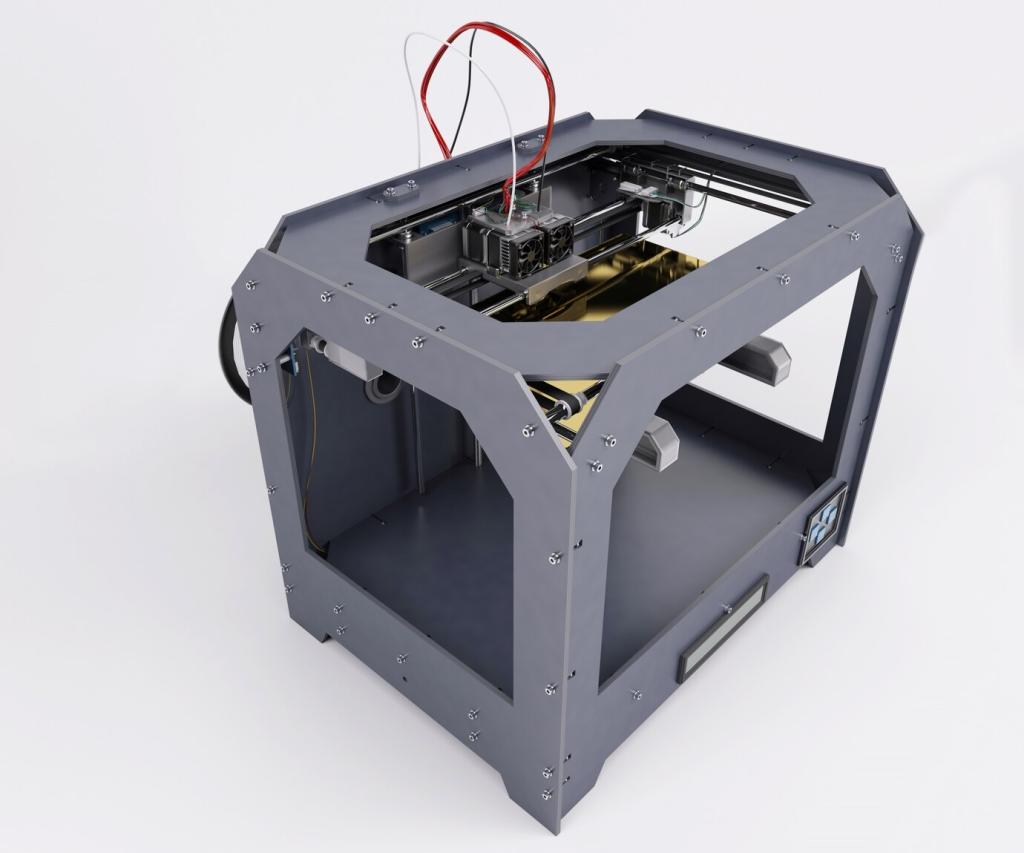Connected Care: Digital Health That Delivers
A smartwatch flagged irregular rhythms during a teacher’s commute, prompting a timely clinic visit and confirmation of atrial fibrillation. Continuous passive data can be lifesaving when interpreted well. Do you use wearables for health? Share the feature you trust most—and least.
Connected Care: Digital Health That Delivers
For a patient with COPD, remote pulse oximetry and tele‑rounds prevented readmission after an exacerbation. Protocols plus rapid escalations kept care safe. Want our template for home‑based monitoring thresholds? Comment, and we will send subscribers a downloadable starter kit.












